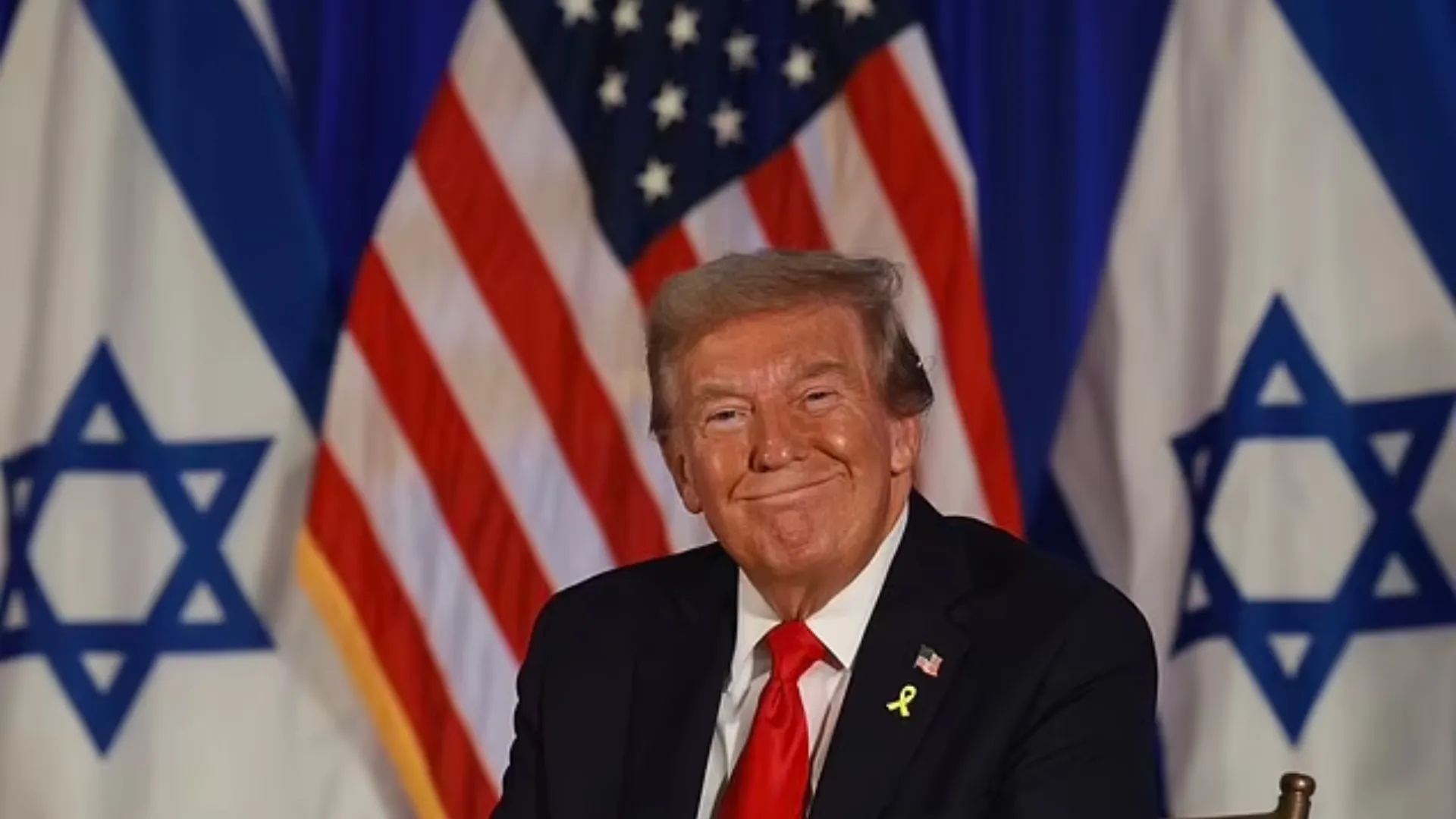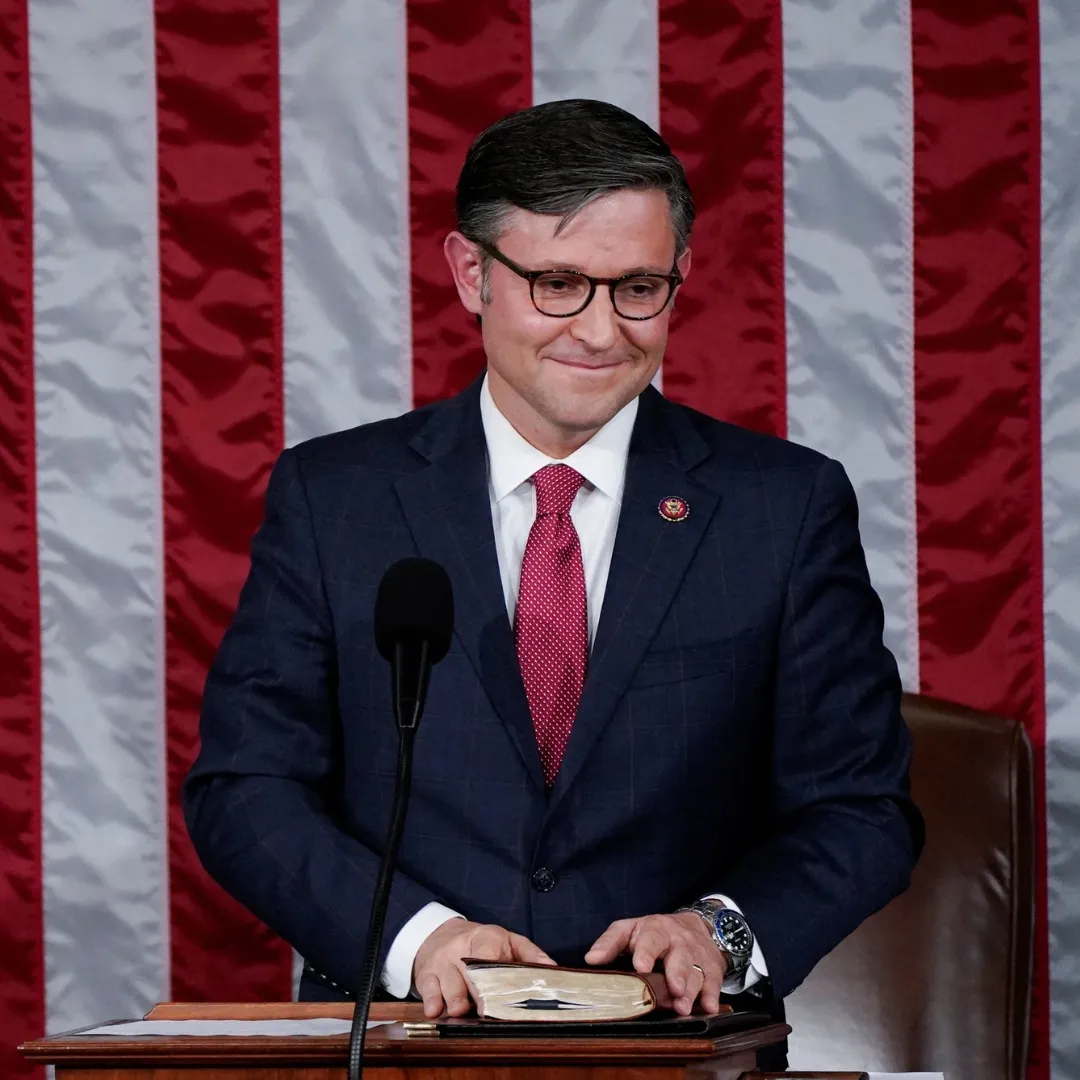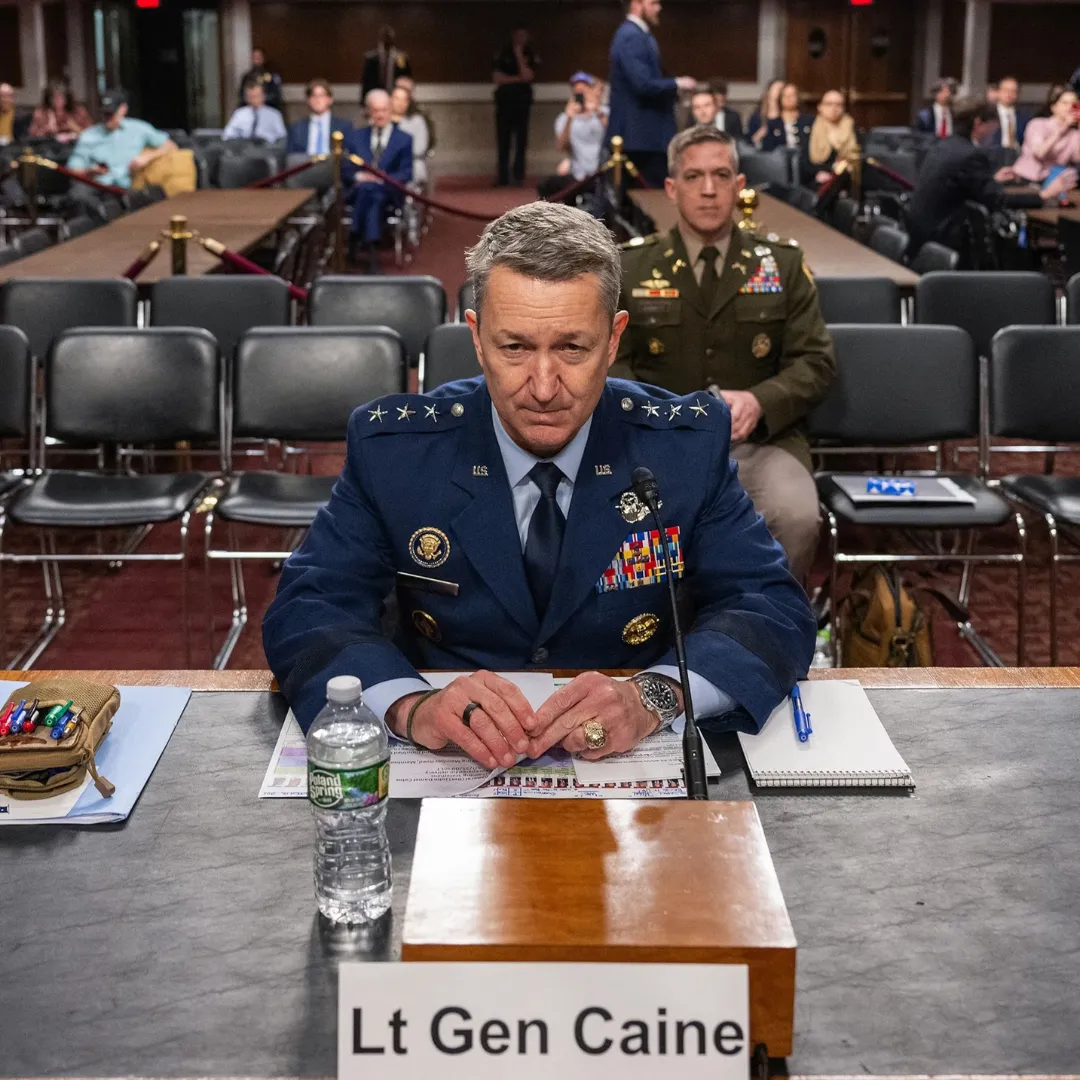
On a Sunday morning political show that often sets the tone for the week in Washington, Agriculture Secretary Brooke Rollins found herself repeatedly pressed on a simple question: Are President Trump’s tariffs here to stay?
Her refusal to give a clear answer may signal more than just White House caution—it may reflect deep uncertainty within the administration itself about the long-term economic and diplomatic consequences of Trump’s aggressive trade maneuvering.
During an interview on CNN’s "State of the Union," anchor Jake Tapper grilled Rollins on whether the administration views the sweeping new tariffs as a bargaining tool or a permanent shift in U.S. economic policy.
Despite multiple attempts, Rollins declined to confirm or deny Trump’s claim that the tariffs are, in his words, “here to stay.”
Instead, she portrayed the escalating trade conflict as a necessary—and patriotic—course correction.
“This is the beginning of a new American order,” Rollins said. “A new American economic plan.”
But with markets jittery, farmers worried, and trading partners threatening retaliation, many observers are asking: What is the actual plan?

Trump has long framed tariffs as both an economic weapon and a negotiating tool. But his most recent statements suggest less flexibility and more permanence.
“They’re here to stay,” he told reporters last week, reinforcing a message echoed by Commerce Secretary Howard Lutnick, who added, “I don’t think there’s any chance the president’s going to back off his tariffs.”
But Rollins’ responses painted a murkier picture. Asked directly whether the administration is open to negotiating the tariffs, she dodged the question multiple times, instead offering sweeping statements about Trump’s leadership style and the supposed benefits of “reshoring” jobs.
“This is a national security issue,” she said. “This is about strong and bold leadership.”
Tapper, clearly unsatisfied, pressed again. Was there room for negotiation, or were the tariffs set in stone?
Rollins, again, wouldn’t say. Instead, she pivoted to Trump’s popularity on the issue: “He was elected to do this,” she said. “This is the bold agenda people voted for.”
But the evasiveness has raised eyebrows—particularly among economists, global markets, and sectors like agriculture that are already feeling the early ripple effects.

Rollins emphasized that the economic data on the tariffs’ impact is limited, noting that the policy had only been in effect for “two business days.”
Still, those two days have seen a flurry of market volatility, early commodity price drops, and a fresh round of retaliatory threats from key trading partners—most notably China.
“We’ve already got 50 countries coming to the table,” Rollins said optimistically. “They’re burning up the phones trying to get in touch with the president.”
But while Rollins emphasized that this was proof of America’s leverage, analysts warn that it may instead reflect growing international alarm.
China, in particular, has already announced a 34% retaliatory tariff on U.S. exports—hitting everything from soybeans to poultry to technology components.
For farmers, manufacturers, and exporters, the costs are real—and immediate.
Perhaps nowhere is the tariff anxiety felt more acutely than in rural America, where Trump’s political base is deeply rooted and where economic survival often depends on access to global markets.
Just last week, soybean and sorghum farmers warned that retaliatory tariffs from China could devastate their bottom lines. Many already operate on razor-thin margins, and a drop in export demand could push struggling farms into bankruptcy.
“I don’t think they understand what we’re dealing with out here,” said a Kansas farmer who asked not to be named. “We don’t have the luxury of waiting months for this to ‘work itself out.’ We need markets now.”

And while Trump gave out tens of billions in aid to farmers during his first trade war with China, there’s no sign yet of a similar bailout this time.
When asked on Fox News whether additional subsidies were being considered, Rollins said it was “too early to tell.”
“If it’s needed, we’ll be ready,” she said. “But no one wants handouts. We want strength through independence.”
That rhetoric, while popular in speeches, has done little to calm nerves in rural communities. Several major farm coalitions have already called for more transparency around the tariff policy—and a clearer timeline.
The tariff issue could become a defining feature of the 2026 midterm elections, particularly if economic pain deepens and the administration continues to avoid giving a clear outline of its strategy.
For Democrats, the messaging is already locked in. “These are tariffs by tweet,” said Rep. Morgan McGarvey (D-Ky.) in a recent interview.
“No long-term plan. No consultation with Congress. Just chaos that lands hardest on working Americans.”
Republicans, by contrast, appear mostly unified in public—even as some privately express concern. One GOP aide told *Politico* that “people aren’t going to speak out now, but if this starts hurting local economies, that silence won’t last.”
And Trump himself remains unapologetically committed to the idea that tariffs represent strength.
“They laughed at us for years,” he said at a recent rally in Pennsylvania. “Now they come crawling back. We finally have a president who knows how to negotiate. They’re not going to walk all over us anymore.”

That populist pitch has worked in the past. But with voter sentiment swinging in unexpected ways—as shown by recent losses in Wisconsin and underperformances in Florida—Republicans may soon need to reassess how tightly they want to be tied to the tariff issue.
While administration officials tout Trump’s business background as a strength, many economists argue that the White House’s current approach lacks nuance.
“Tariffs are a blunt instrument,” said Dr. Leah Morrison, an economist at Georgetown University.
“They can create short-term leverage, but they almost always lead to retaliation. That means higher prices for consumers, lower profits for exporters, and disruptions across global supply chains.”
Morrison added that a sudden and massive tariff rollout, without clear benchmarks or timelines, “creates uncertainty that’s bad for business across the board.”
In interviews with The Financial Times, several global trading partners said they were shocked by the speed and scale of Trump’s tariff expansion—and are now considering their own countermeasures.
“It’s not just China,” said one European diplomat. “There’s a growing sense that America is no longer a reliable trade partner under this administration.”
Rollins tried to reframe the situation during her interview as part of a broader economic strategy that includes deregulation, energy independence, tax reform, and workforce reshoring.
She characterized Trump as the ultimate “deal-maker” who’s simply positioning the country for better negotiations.

But that argument hasn’t landed with everyone—especially when the White House won’t say whether it actually intends to negotiate.
“It’s hard to sell people on a strategy if you won’t even define the goalposts,” said one trade policy analyst.
The administration has also yet to provide specifics about which sectors it expects to benefit from the tariffs—or how it will protect industries caught in the middle.
So far, the official talking points rely heavily on themes of nationalism, economic pride, and “America First” rhetoric.
That may energize the base—but whether it creates sustainable policy remains to be seen.
Rollins ended her interview by saying, “There’s a lot to be determined.”
Those five words may have been the most honest moment in the conversation.
While the administration insists that the tariffs are part of a broader plan to strengthen American industry, few details have been shared with the public or lawmakers.
And without transparency, every new tariff feels more like a gamble than a strategy.
Markets, farmers, and voters alike are watching—and waiting.



